To DIY or not to DIY – that is the question
I can remember when DIY kitchens were a dirty secret… something you’d never admit to owning (although many of us did). These takeaway kits may have had flimsy carcasses, wafer-thin worktops and badly fitted interiors but boy, were they cheap.
Kitchens of course, evolve at a fantastic rate and these days everyone’s at it. Ikea started the trend a few years ago when their designs and quality got better and better, resulting in some fantastically innovative creations that now come with a 25-year limited warranty and a kitchen planner at your disposal – either in-store on online (www.ikea.co.uk). For me, their Abstrakt kitchen is the height of fashion with its high gloss finish and fuss-free design.
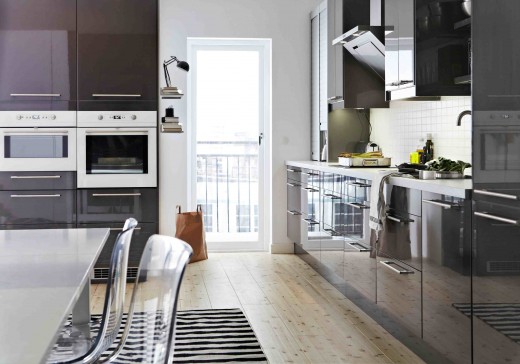
Ikea Abstrakt kitchen
The DIY sheds soon upped their game with B&Q, Homebase and Wickes all offering a huge selection of contemporary and classic styles to suit all tastes and budgets. They encouraged us to do it ourselves, giving the humble homeowner the confidence to go it alone (safe in the knowledge that help is at hand should we need it). Cooke & Lewis is B&Q’s premium collection and for me, it’s the perfect mix of quality and value. The Carisbrooke Oak kitchen in Taupe is sure to bring out the traditionalist in all of us (www.diy.com).
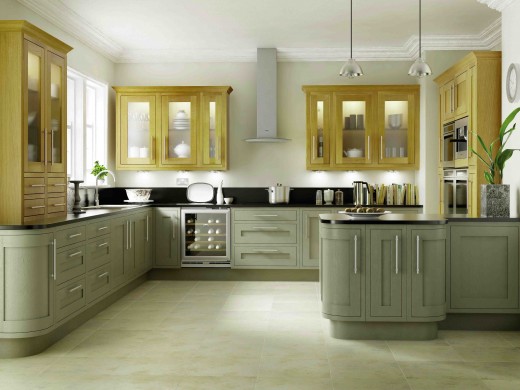
Carisbrooke Oak kitchen in Taupe
What’s really taken the industry by storm, however, is bespoke furniture makers Plain English launching its own DIY kitchen. To celebrate its 20th birthday, they have introduced a ‘no frills’ brand called British Standard – a limited collection of cupboards, which are still made at their Suffolk workshop but instead of paying £50,000 for a full design, manufacture and installation service, the customer plans, collects and fits it themselves – saving a lot of money into the bargain, with prices from around £5,000. The cabinets come in a small range of standard sizes and can only be bought online (www.britishstandardcupboards.co.uk).
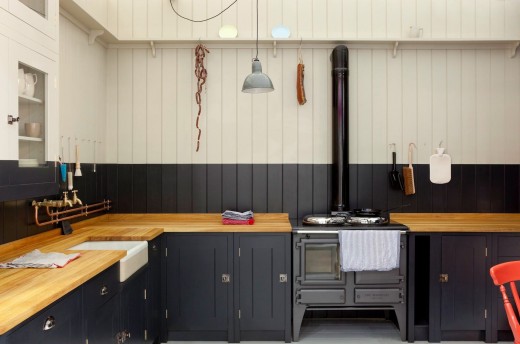
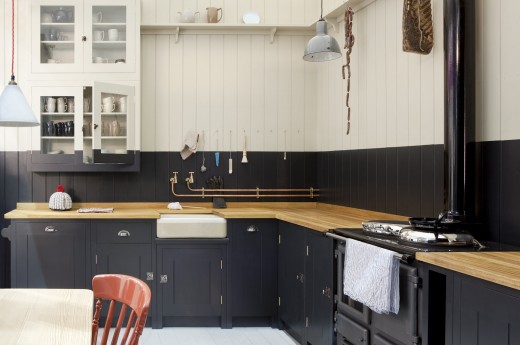
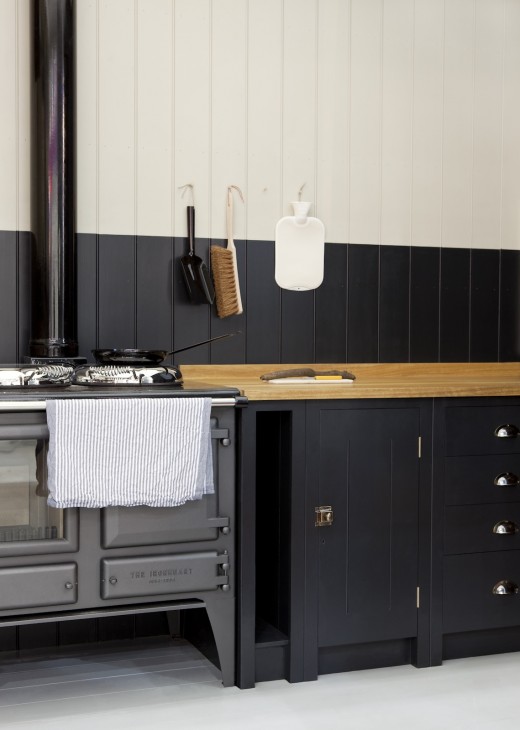
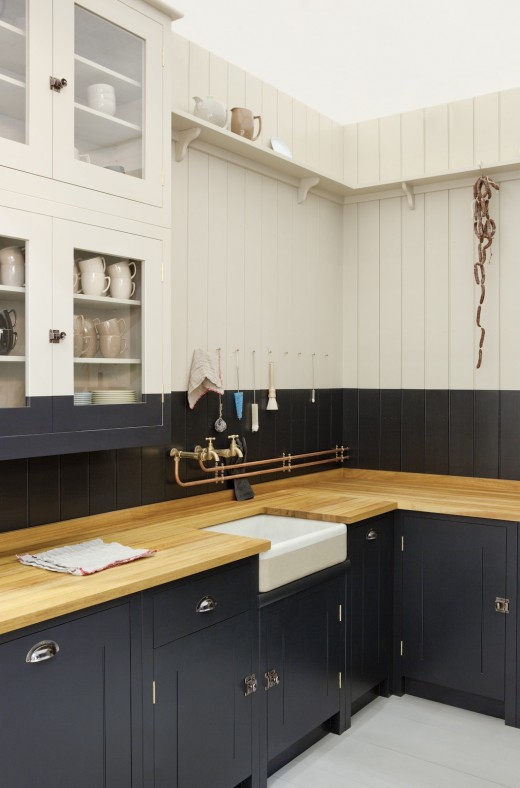
British Standard collection from Plain English
Whether you’re doing it yourself or having your kitchen expertly designed, the key to its success is careful planning. Don’t skimp on the interior fittings, include as much storage as you can and think about how you use the space. Make a list of what you don’t like, and what doesn’t work, in your current layout then make sure the new kitchen addresses these issues. These are the golden rules of kitchen design and apply to all kitchens, whoever’s designing them!

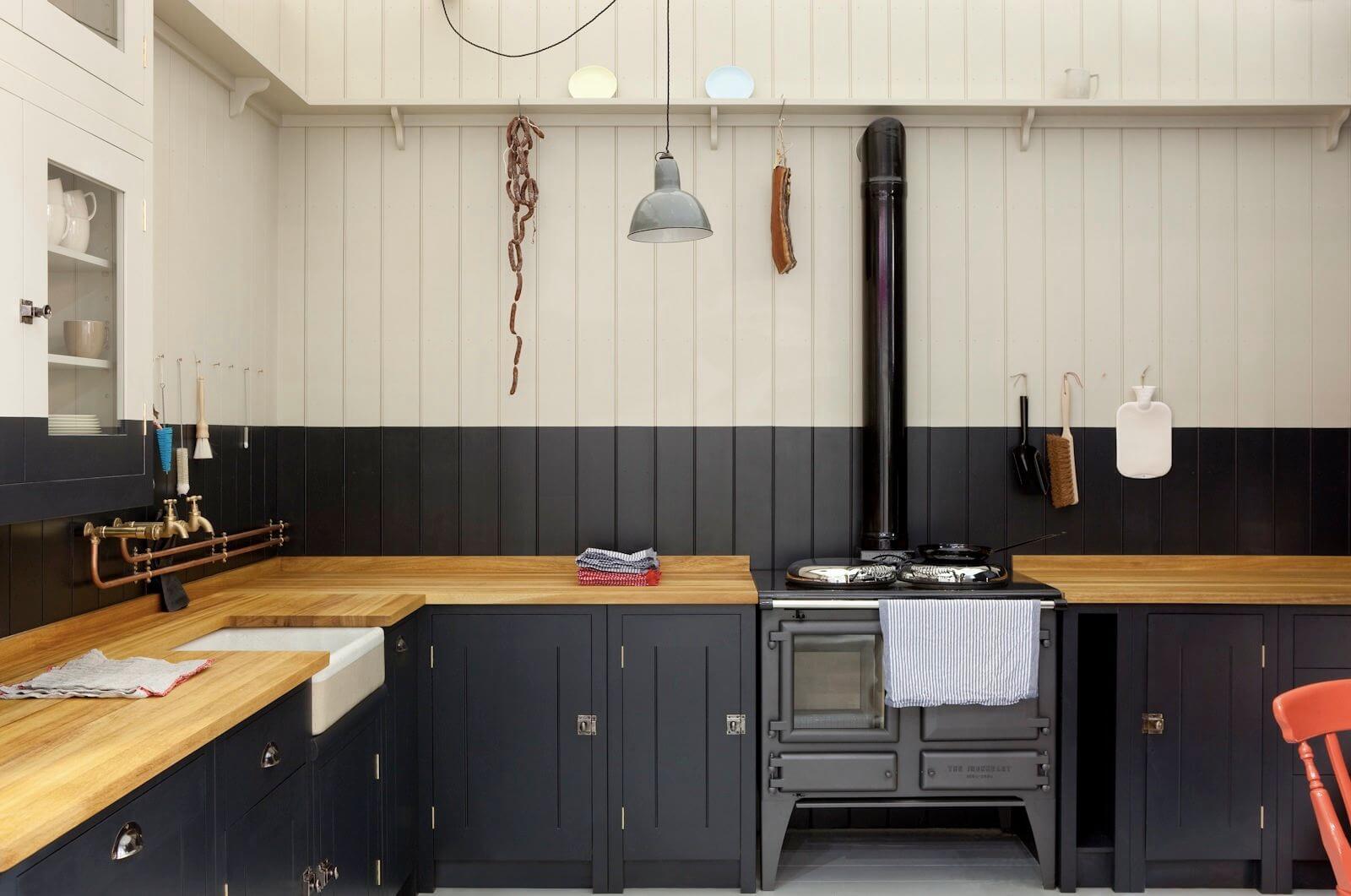
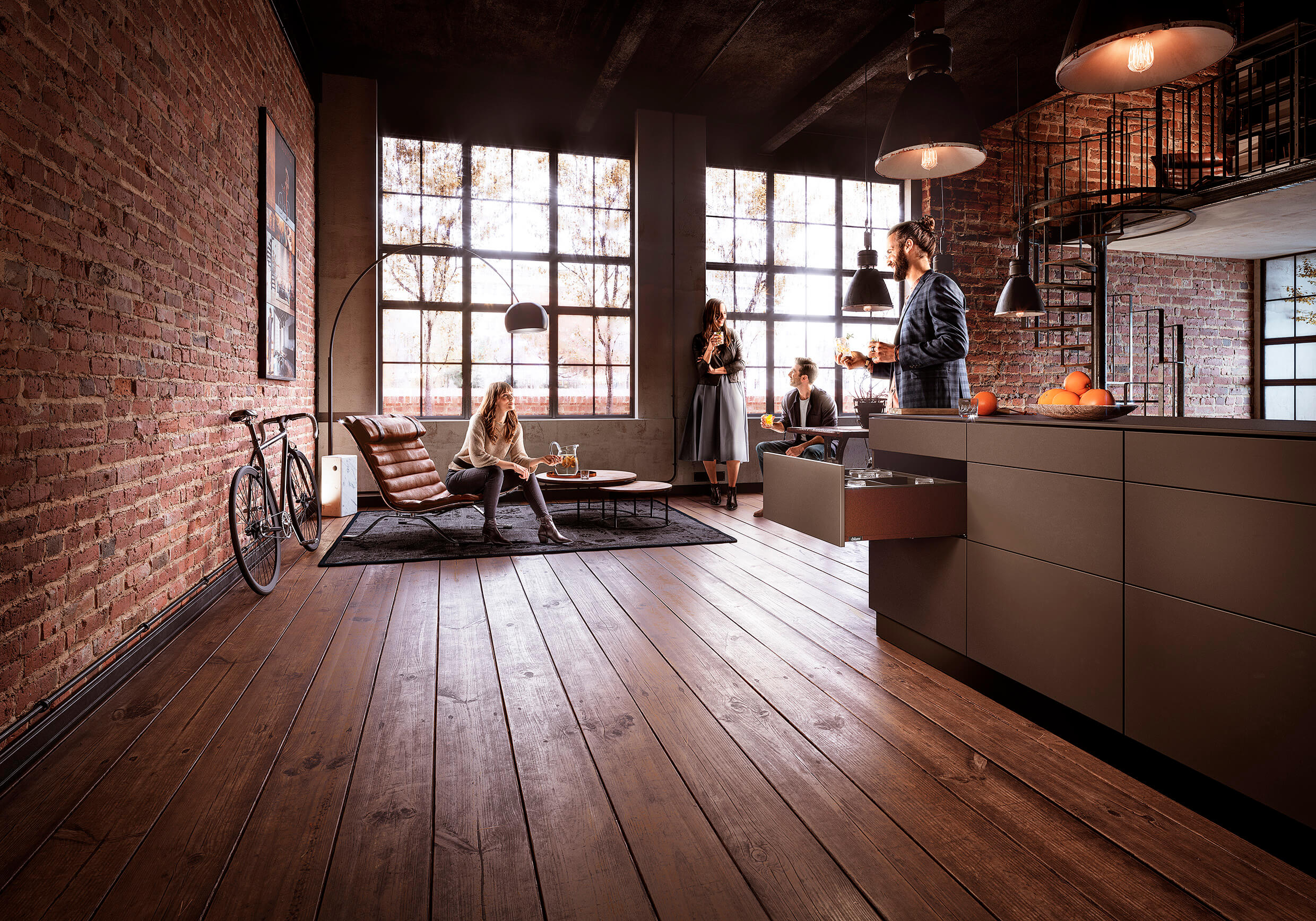
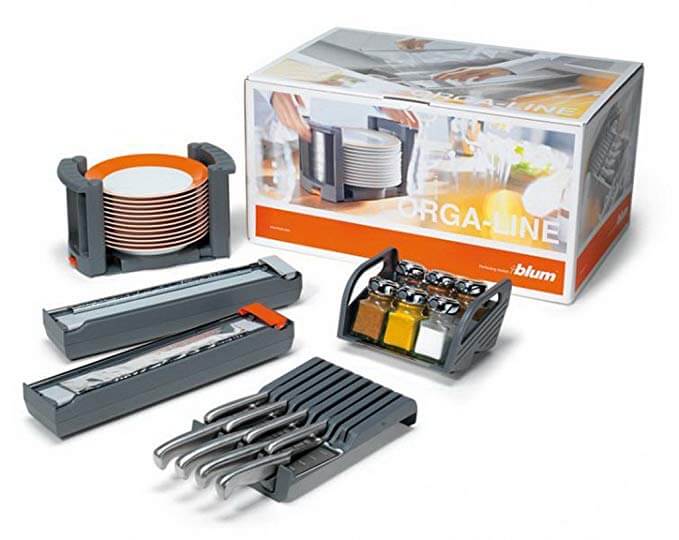




Leave a comment